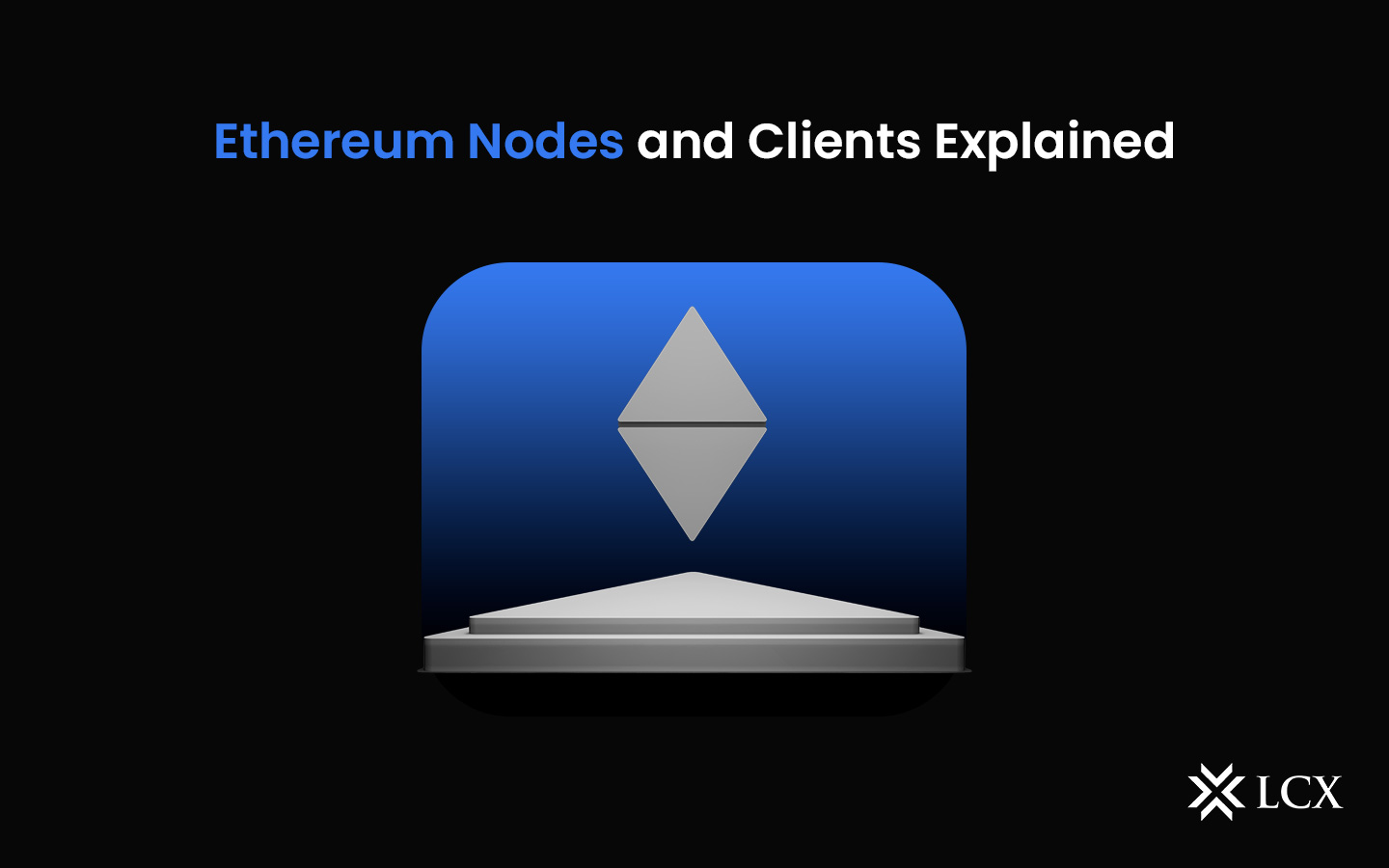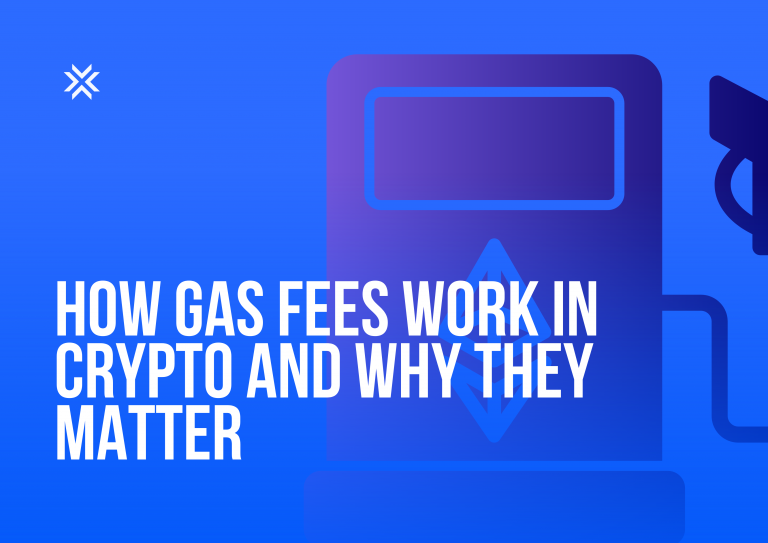Ethereum is a decentralized blockchain network comprised of computers that execute transactions and block verification software. A client is the term given to the software that is required to interact with an Ethereum node.
What Is Ethereum Node?
An Ethereum node is a computing device that executes the software client. Accessing the blockchain network is exclusively possible through its nodes. The purpose of inter-node communication is to verify transactions and document information pertaining to the blockchain’s status. These processors or servers are tasked with the storage, validation, and trading of data on the Ethereum network.
- Every node maintains an individual copy of the blockchain and endeavours to authenticate it against the replicas maintained by every other node.
- All network nodes are obligated to execute any operation that necessitates the addition of a new block to the blockchain.
- By utilizing this network of perpetually communicating nodes, we are able to circumvent the difficulties associated with relying on a single source of truth.
- The inclusion of a new block is determined by the acceptance rate of the preponderance of nodes.
Types of Ethereum Nodes
The Ethereum Node system functions according to the Point-to-Point network architecture. Three varieties of nodes exist:
Full Nodes: A full node is tasked with the verification and validation of every transaction occurring within the network, in addition to upholding the blockchain’s state. In the event of a smart contract transaction, full nodes proceed to execute every instruction contained within the smart contract. It ascertains whether the execution of the smart contract is yielding the anticipated outcomes. Each of these nodes upholds an exact replica of the blockchain data.
It continues to receive locally stored duplicates of the entire blockchain, including its own transactions and retains the most recent transaction state. In the event of a smart contract transaction, full nodes proceed to execute every instruction contained within the smart contract. It ascertains whether the execution of the smart contract is yielding the anticipated outcomes.
Let us consider a scenario in which individual A conducts a transaction with individual B, which is subsequently appended to the blockchain. Subsequently, the full nodes examine the transaction to ensure that it adheres to all Ethereum specifications. If the transaction fails to comply, they either append the specification to the blockchain’s current state or remove it. A transaction involving a discarder occurs when one individual transfers X ETH to another, but the recipient’s account now contains a lesser amount of ETH.
Archive Nodes: Archive nodes are full nodes that have been configured with the “archive mode” option. In contrast to Full Nodes, which solely retain the most recent transaction state, Archive nodes preserve the complete blockchain history, commencing from the genesis block.
When requiring blocks anterior to the most recent 128 blocks, the Archive node is utilised. For instance, an archive node is necessary to utilise functions such as eth_getBalance of a historic address and to interact with smart contracts that were initiated in an earlier stage of the blockchain.
Archive Nodes require more than 6 Terabytes of disc space due to their unique characteristic, whereas Full Nodes require only about 500 Gigabytes. Thus, it can be deduced that archive nodes are not practical for the general public; however, they prove to be advantageous when it comes to wallet vending, block perusing, and chain analytics.
Light Nodes: A light node, in contrast to a full node, retains solely the block header and not the complete current blockchain state. It is appropriate for devices with limited memory and computational power, as the maintenance of a light node requires minimal hardware investment, operating expenses, and technical expertise. Full nodes are required for light nodes to operate. These nodes are not required to perpetually operate or transfer substantial volumes of data to and from the blockchain. It offers a straightforward method for creating a wallet, particularly for novices. Solid-state drives, for instance, are financially incapable of storing the gigabytes of data that other nodes consume. However, it is indisputable that light nodes have certain limitations; for instance, the availability of the light wallet provider during critical periods cannot be guaranteed.
What Is Ethereum Client?
A software application that implements the Ethereum specification and establishes connections with other Ethereum clients via a peer-to-peer network is known as an Ethereum client. Inter-client communication on Ethereum is feasible provided that each client adheres to the reference specification and predefined communication protocols. Although these numerous clients are developed using different programming languages and by different teams, they all “speak” the same protocol and comply with the same regulations. They are consequently capable of interacting with and operating on the identical Ethereum network.
These exchanges occur among numerous clients in the network utilising programming languages such as Erigon (Go/Multi), Geth (Go), OpenEthereum (Rust), and Nethermind (C#,.NET). The Ethereum protocol, represented by the yellow paper, enables any user to execute a client and create a node.
The formal prerequisites that constitute the Ethereum blockchain set it apart from the Bitcoin blockchain. Bitcoin Core does not establish standardized behaviours that are mandatory for all Ethereum clients, in contrast to Ethereum. By utilizing a straightforward programming language and standardized documentation, Ethereum’s specifications enabled the blockchain to support non-interoperable software implementations of its clients.
Types of Ethereum Clients
There are three types of Ethereum Clients:
Full Client: Full clients store the entire Ethereum blockchain, which, according to the most recent estimates, requires more than one terabyte of disc space and may take several days to synchronize. Complete clients facilitate the ability of interconnected nodes to perform every network operation, such as mining, validating transactions and block headers, and executing smart contracts.
Light Client: Ethereum clients are not always required to retain all data; therefore, developers frequently employ “light clients” when data storage and performance are critical. Light clients offer only a fraction of the capabilities of full clients. By virtue of not retaining the complete Ethereum blockchain, light clients are capable of facilitating expedited delivery while simultaneously liberating space for data storage.
The functionality of a light client is modified to suit the Ethereum client’s requirements. For instance, light clients are extensively implemented in wallets for the purpose of preserving private keys and Ethereum addresses. Moreover, they oversee the broadcasting of transactions and smart contract interactions. In addition to exchange rate data and web3 instances embedded within JavaScript objects, light clients are also advantageous for Dapp browsers.
Remote Client: A light client and a remote client are comparable. A key differentiation lies in the fact that a remote client does not maintain an independent copy of the blockchain or perform transaction or block header validation. In contrast, remote clients are solely dependent on a full or lite client in order to establish communication with the Ethereum blockchain network. The primary function of these clients is to operate as wallets for transaction transmission and reception.
Ethereum Node vs Ethereum Client
| Ethereum Node | Ethereum Client |
| A machine running Ethereum client software is referred to as an “Ethereum Node”. | A client is an Ethereum implementation that validates all transactions in each block, ensuring the network’s security and data accuracy. |
| The three types of Ethereum Nodes are Full, Light, Archive, and Miner Nodes. | The three types of Ethereum Clients are Full, Light, and Remote Clients. |
| The Ethereum node operating system allows us to access the internet. | The Ethereum client computer allows a user to access the node operating system. |
Conclusion
Delving into the intricate world of Ethereum nodes and clients reveals the backbone of this groundbreaking blockchain network. Nodes serve as the decentralized pillars, ensuring the network’s resilience, security, and decentralization. On the client side, the diverse array of Ethereum clients, showcases the flexibility and openness of the Ethereum ecosystem. As Ethereum continues to evolve and transition, understanding the nuances of nodes and clients becomes increasingly crucial.










